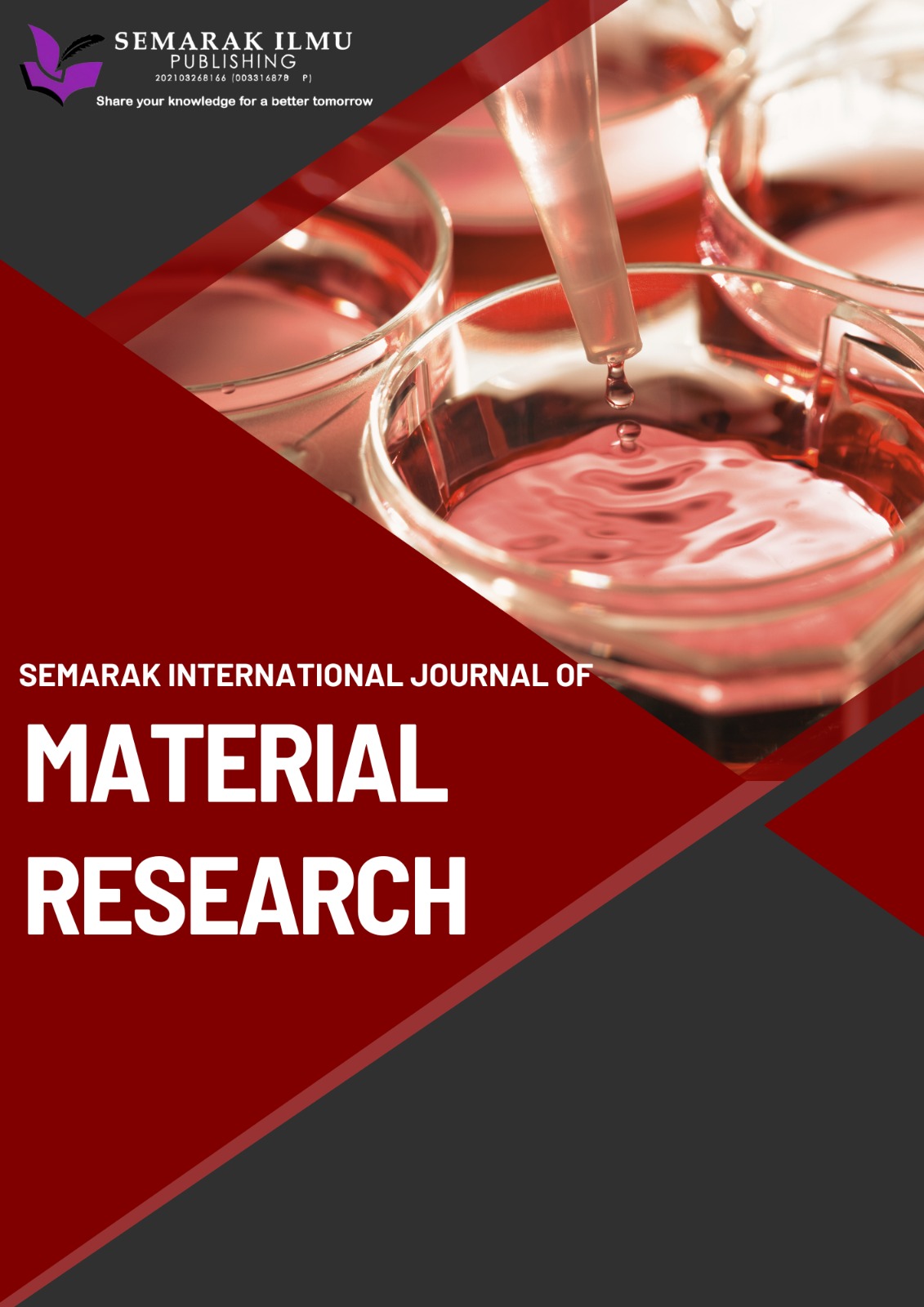Ablation Properties of Glass Fiber Reinforced Geopolymer Composite Incorporation of Nanoclay and MWCNTs using Response surface Methodology (RSM) Approach
DOI:
https://doi.org/10.37934/sijmr.2.1.3851Keywords:
Composite, Ablation, Nanoclay, Carbon nanotube, Response surface methodologyAbstract
Glass fiber reinforced geopolymer composites (GFRGCs) materials are widely used in several industry especially in the aerospace industry due to their high strength to weight ratio, tremendous ablative properties, and high thermal stability. In the context of rocket insulation, the ablation properties of GFRGCs have attracted growing research interest. The extreme thermal stresses experienced during rocket launches and atmospheric re-entry demand advanced materials with high ablation resistance. Furthermore, recent studies were reported that incorporation of nanofiller such as nanoclay and multiwall carbon nanotubes (MWCNTs) can improve the ablation properties of GFRFCs. Nevertheless, whereas MWCNTs can increase mechanical strength and thermal conductivity and nanoclay is recognised for its capacity to increase thermal stability, their combined impact on the ablation performance of GFRGCs has not been well investigated. This study aims to elucidate the effect of incorporation of both nanoclay and MWCNT to the ablation properties of GFRGC. A systematic approach, such as Response Surface Methodology (RSM), is utilized to optimize the composite formulation in identifying the optimal combination of these additives and their interaction with the glass fibers and geopolymer matrix. GFRGC samples were fabricated using hand lay-up technique and the ablation properties were evaluated through fire test. Through RSM, both nanoclay and MWCNTs has signifanct effect on the back temperature of the sample. Besides, the experimental result shows that GFRGC has the lowest temperature at the back of the sample with 3% nanoclay and 7% MWCNTs with value of 306.741°C. The thermal conductivity value of this sample also resulted in the lowest value of 0.069 W/mK compared to the other sample. This finding can contribute to the development of promising insulation materials for high thermal application.













